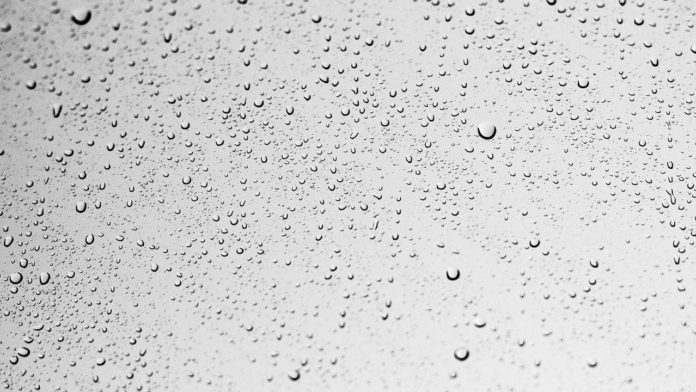The likelihood that water could exist in two different liquid states was proposed around 30 years ago, based on computer simulation results.
An international team of researchers that includes Nicolas Giovambattista, a professor at CUNY, has proved that water can exist in two different liquid states—a finding that can explain many of water’s anomalous properties.
The usual “liquid” state of water that we are all familiar with corresponds to liquid water at normal temperatures (approximately 25 degrees C). However, the paper shows that water at low temperatures (approximately -63 degrees C) exists in two different liquid states, a low-density liquid at low pressures and a high-density liquid at high pressures.
These two liquids have noticeably various properties and vary by 20% in density. The results suggest that water should exist as two immiscible liquids separated by a thin interface similar to the coexistence of oil and water at appropriate conditions.
The phase behavior of water plays a vital role in different fields. It follows that unusual characteristics in the phase behavior of water, such as two liquid states, can affect numerous scientific and engineering applications.
Giovambattista said, “It remains an open question how the presence of two liquids may affect the behavior of aqueous solutions in general, and in particular, how the two liquids may affect biomolecules in aqueous environments. This motivates further studies in the search for potential applications.”
In this new study, scientists used complex experiments and computer simulations to prove a decade-old theory. The experiments- that they called ‘science-fiction-like’- were performed by colleagues at Stockholm University in Sweden, POSTECH University in Korea, PAL-XFEL in Korea, and SLAC national accelerator laboratory in degrees California.
The computer simulations assumed a significant part in understanding the experiments since these investigations are very intricate, and some observables are not accessible during the analyses.
Journal Reference:
- Experimental observation of the liquid-liquid transition in bulk supercooled water under pressure. Science, (2020). DOI: 10.1126/science.abb9385
